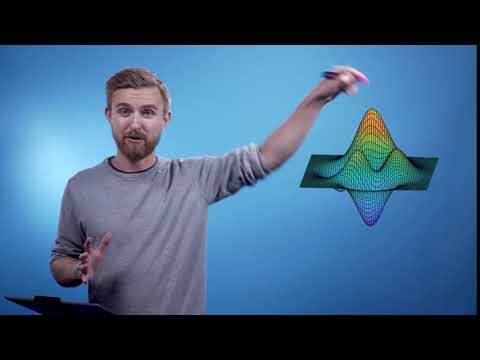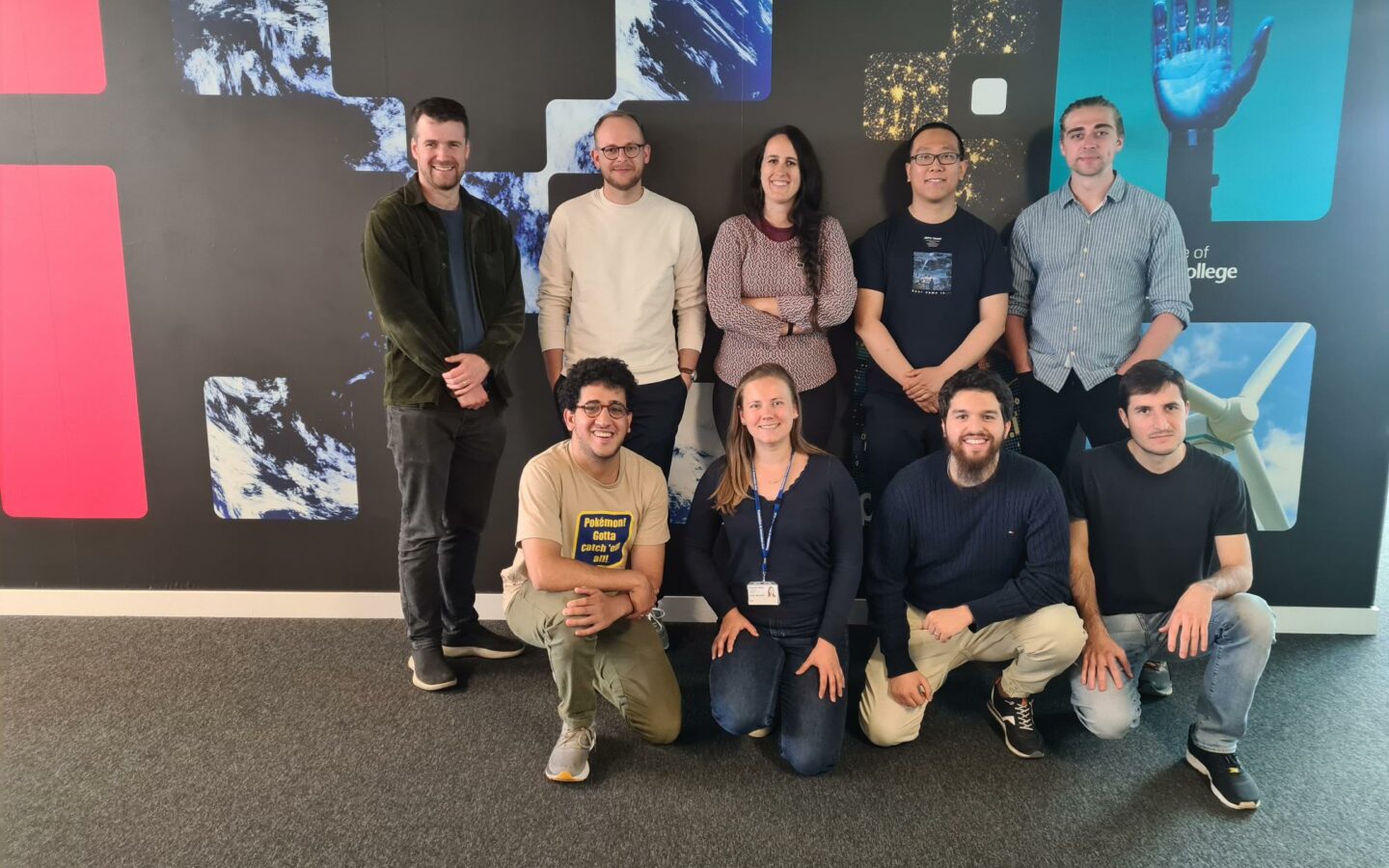AI: Cutting-Edge Overview with Dr Sanson Poon
28/10/2025
13:00 - 14:00Dr Sanson Poon disusses Using AI to Accelerate Natural Science Research: The Journey from a Museum Lab to a National Programme

Dr Sanson Poon disusses Using AI to Accelerate Natural Science Research: The Journey from a Museum Lab to a National Programme


Symmetries play a paramount role in the mathematical sciences. For example, they describe the crystal structure of atoms in materials, and understanding symmetries often goes a long way towards the solution of a problem.


Attention-based neural network sequence models such as transformers have the capacity to act as supervised learning algorithms: They can take as input a sequence of labeled examples and output predictions for unlabeled test examples.


Battery companies want to know the relationship between their manufacturing parameters and the performance of the resulting cells, so that they can optimise their products for particular applications, reduce costs, and improve yield. The literature contains many examples of physics-based models of the various manufacturing processes (including mixing, coating, drying and calendaring), but these systems are hugely complex, and as a result they are expensive to simulate and hard to validate.


Post the release of Meta’s Llama weights, the open source development of large language models (LLMs) are seeing rapid progress almost every day. This talk will share our experience with serving and evaluating 20+ LLM-based Chatbots, including Vicuna, within the Chatbot Arena I will start by briefly explaining Vicuna, an open source chatbot we finetuned from Llama, and the Chatbot Arena platform we developed to evaluate the quality of such models in the wild.


Wasalu Jaco, professionally known as Lupe Fiasco, is a Chicago-born, Grammy Award-winning American rapper, record producer, entrepreneur, and community advocate. He is a luminary in the world of hip-hop, renowned for his thought-provoking lyrics, innovative storytelling, and unwavering commitment to social and political activism.

This 60-minute informal Q&A is for anyone interested in finding out more about the Eric and Wendy Schmidt AI in Science Postdoctoral Fellowships before applying to the scheme.